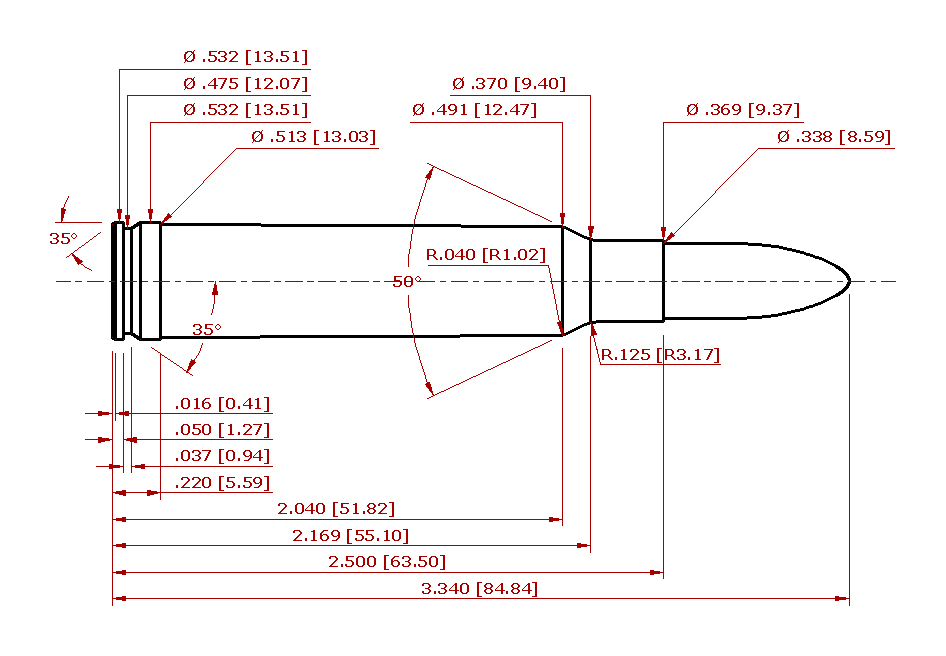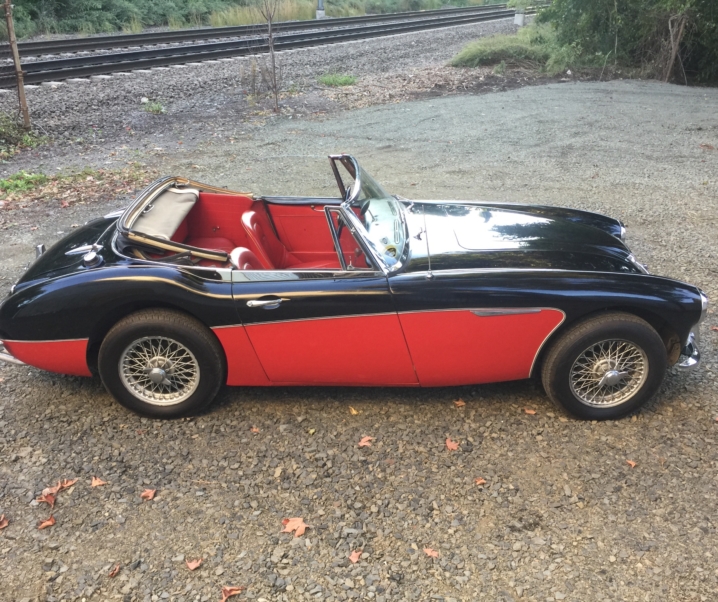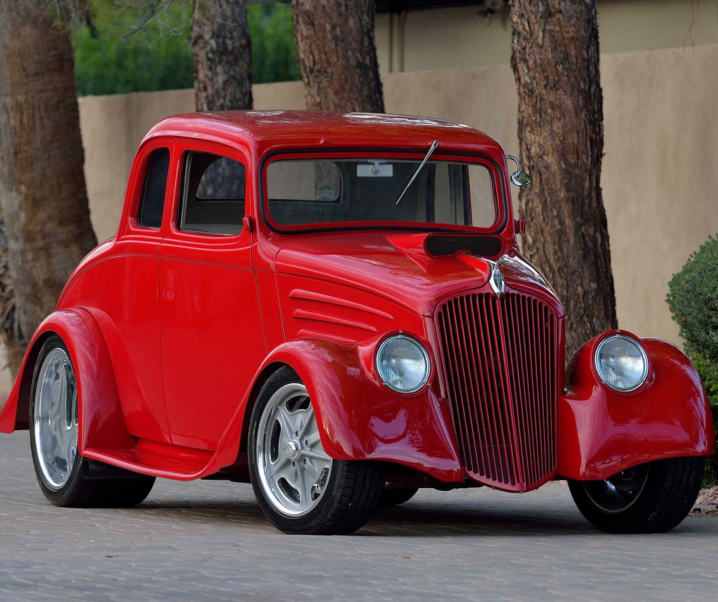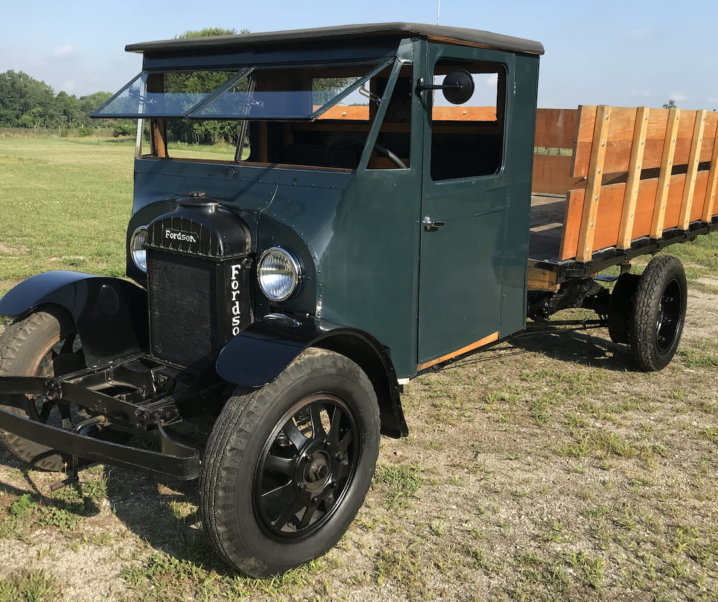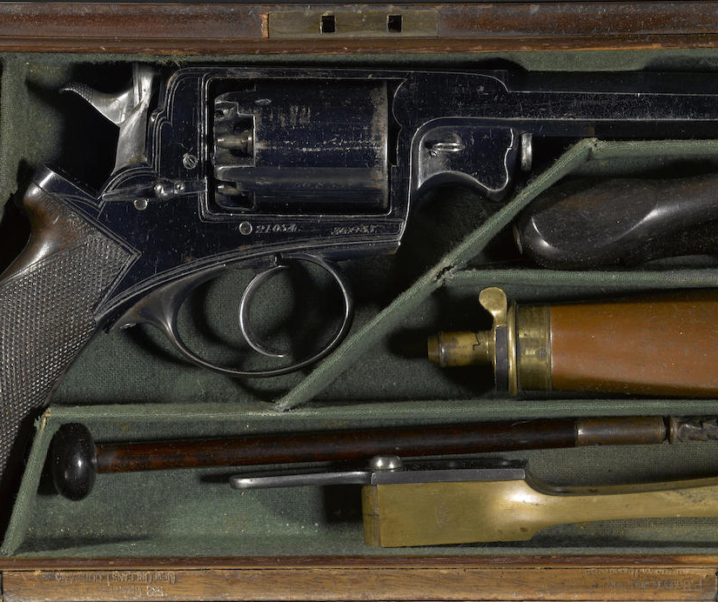Many years ago there was a man who inherited his father’s .600 Nitro Express double rifle. At the time he was living down in Australia on a sheep station in the “outback”. He managed to get cases and all the requisites needed to reload ammunition and so the big .600 Nitro was brought back to life. On that outback sheep station there were a lot of feral wild goats and they were a problem he wanted to remove so he decided he’d try his dad’s old .600 Nitro Express on a goat or two and see how it would perform. He fully expected a soft pointed .600 Nitro Express bullet to quite literally “explode a goat”, except that when he tried it it didn’t. He was a bit puzzled, and we suspect he was a bit disappointed also. But the big bullet was made for tougher creatures than a goat and the bullet had simply snicked through without opening up much at all. The lesson to be learned from this is that a heavier caliber rifle is not necessarily going to do horrendous damage if used on a smaller quarry. As long as the hunter uses the right bullet for the job heavier caliber rifles can be used on game as small as the Thompson’s Gazelle without meat wastage at all. The advantage of the heavier caliber is that it can also be used on bigger and more determinedly unfriendly game with a measure of safety, and on all the creatures in between.

I sometimes get similar reactions when people ask me what rifle I mostly shoot and I tell them that my main reach for hunting rifle is a .300 Winchester Magnum. Just occasionally the inquisitor will look horrified and say something like “What are you going to shoot with that?” to which I reply “Pretty much anything”. As long as the right bullet is chosen even the conservative German ammunition maker RWS rates the .300 Winchester Magnum for game as small as foxes and as large as buffalo, and all the shades in between. Thus it is that the .338 Winchester Magnum is simply one of the best choices for an “all around rifle” that one could possibly make, as long as the hunter chooses the right bullet for the job.

You can find the above pictured Browning BAR Safari II with BOSS at Browning’s website if you click here.
Like the .300 Winchester Magnum the .338 Winchester Magnum is not the fire breathing behemoth that many seem to have labeled it as. Oftentimes people compare the .338 Winchester Magnum with the .338 Lapua Magnum and in truth the .338 Lapua is significantly more powerful that the .338 Winchester, an effect that is accentuated by the high ballistic coefficient bullets used with the .338 Lapua. But to put the .338 Winchester Magnum into perspective as an all around hunting rifle it is probably best to compare it with its sibling the .300 Winchester Magnum. The .300 Winchester Magnum has a little more case capacity than the .338 Winchester Magnum simply because the .338″ bullets require a longer neck than do the .308″ bullets. The slight loss in case capacity is offset by the slightly larger (i.e. 0.030″/1mm larger) bore and thus bullet base area for the burning powder gas to push against. Then consider that .338″ bullets start at 180grains on up to 250grains and compare that with the .308″ bullets we commonly use in the .300 Winchester Magnum that are often from 180grains up to 220grains and we can see that there is a lot of overlap between the two. So although there are lighter .308″ bullets and there are heavier .338″ bullets (up to .300grains) we finish up with bullet weight and velocities in the .300 Winchester Magnum and the .338 Winchester Magnum that are surprisingly similar.
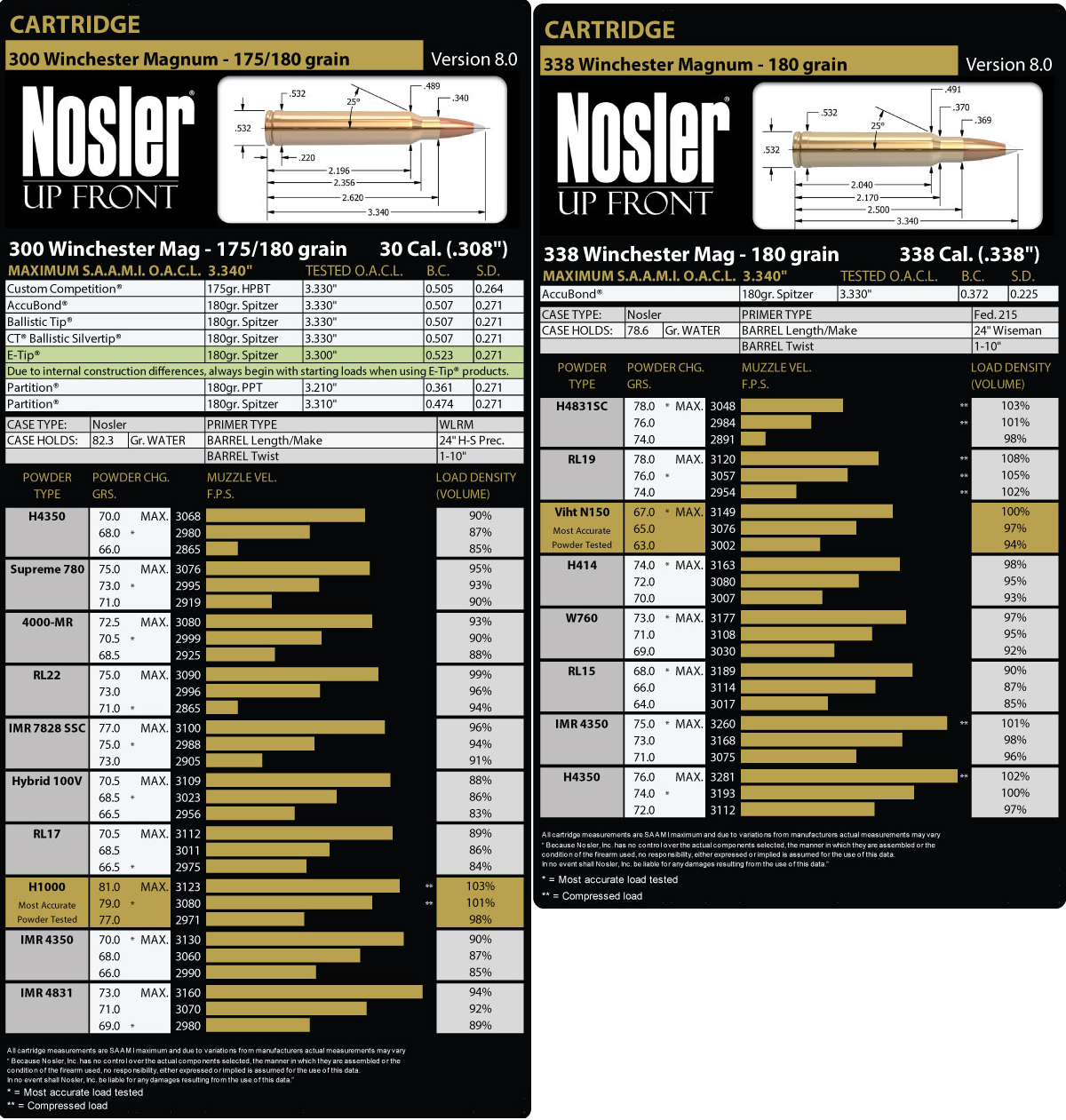
As can be seen from the Nosler reloading data above the .300 and .338 are both very similar with the 180grain bullet loads, making the .338 a perfectly acceptable choice for smaller deer as well as elk and moose. The next question is do we get similar results if we compare the .300 Winchester Magnum with 220grain bullets to the .338 Winchester Magnum with 250grain bullets?

As can be seen from the Nosler reloading data above the .300 Winchester Magnum drives 220grain bullets at around 2,700fps and the .338 Winchester Magnum drives 250grain bullets at about the same velocity. So although we tend to think of the .338 Winchester Magnum as a rifle for Alaskan hunting it is actually an amazingly flexible cartridge capable of being used on almost all North American game including coyotes, as long as the hunter chooses the right bullet for the job.

The thing that tends to put people off the .338 Winchester Magnum is the notion of recoil. Those who’ve learned about Newton’s Laws of Motion in high school physics class will know that Newton’s Third Law states that “Every action produces an equal and opposite reaction”. Applied to a rifle this means that if you have a rifle in .300 Winchester Magnum and one in 338 Winchester Magnum of the same weight, and you fire bullets of equal weight driven by equal amounts of powder then the recoil is going to be the same for both. Using the Oehler Ballistics Explorer to provide the calculations if we compare the standard Remington 180grain Core Lokt loading for the .300 Winchester Magnum with the Hornady 185grain GMX Superformance ammunition in the .338 Winchester Magnum; then the .300 Winchester Magnum sends the 180grain Core Lokt bullet downrange at 2960fps and recoils with 26.76 ft/lb of energy whilst the .338 Winchester Magnum sends the 185grain GMX at 3080fps and recoils with 22.92 ft/lb of recoil. Why is the recoil of the .338 Winchester Magnum a bit less? Because it uses a bit less powder to achieve its result.
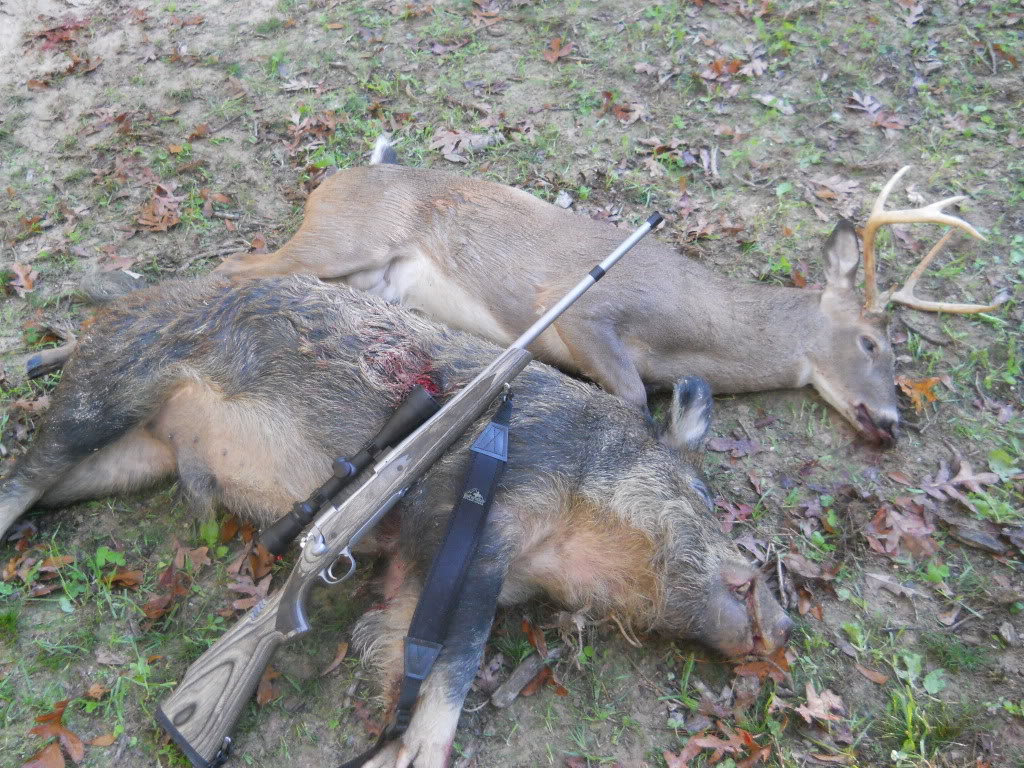
So if you are thinking of what rifle to acquire as your one rifle for most things except bunny rabbits and squirrels then a nice bolt action rifle in .338 Winchester Magnum is one of the best choices you could make. If you are a reloader then you have enormous flexibility in how you load it; and if you depend on factory ammunition then there are lots of choices available that are suitable for pretty much anything in North Amerca or Europe and a lot of what’s in Africa. The .338 Winchester Magnum, created in 1958, is one of the best cartridges Winchester designed, and one of the best sporting rifle cartridges in the world.


Jon Branch is the founder and senior editor of Revivaler and has written a significant number of articles for various publications including official Buying Guides for eBay, classic car articles for Hagerty, magazine articles for both the Australian Shooters Journal and the Australian Shooter, and he’s a long time contributor to Silodrome.
Jon has done radio, television, magazine and newspaper interviews on various issues, and has traveled extensively, having lived in Britain, Australia, China and Hong Kong. His travels have taken him to Indonesia, Israel, Italy, Japan and a number of other countries. He has studied the Japanese sword arts and has a long history of involvement in the shooting sports, which has included authoring submissions to government on various firearms related issues and assisting in the design and establishment of shooting ranges.

